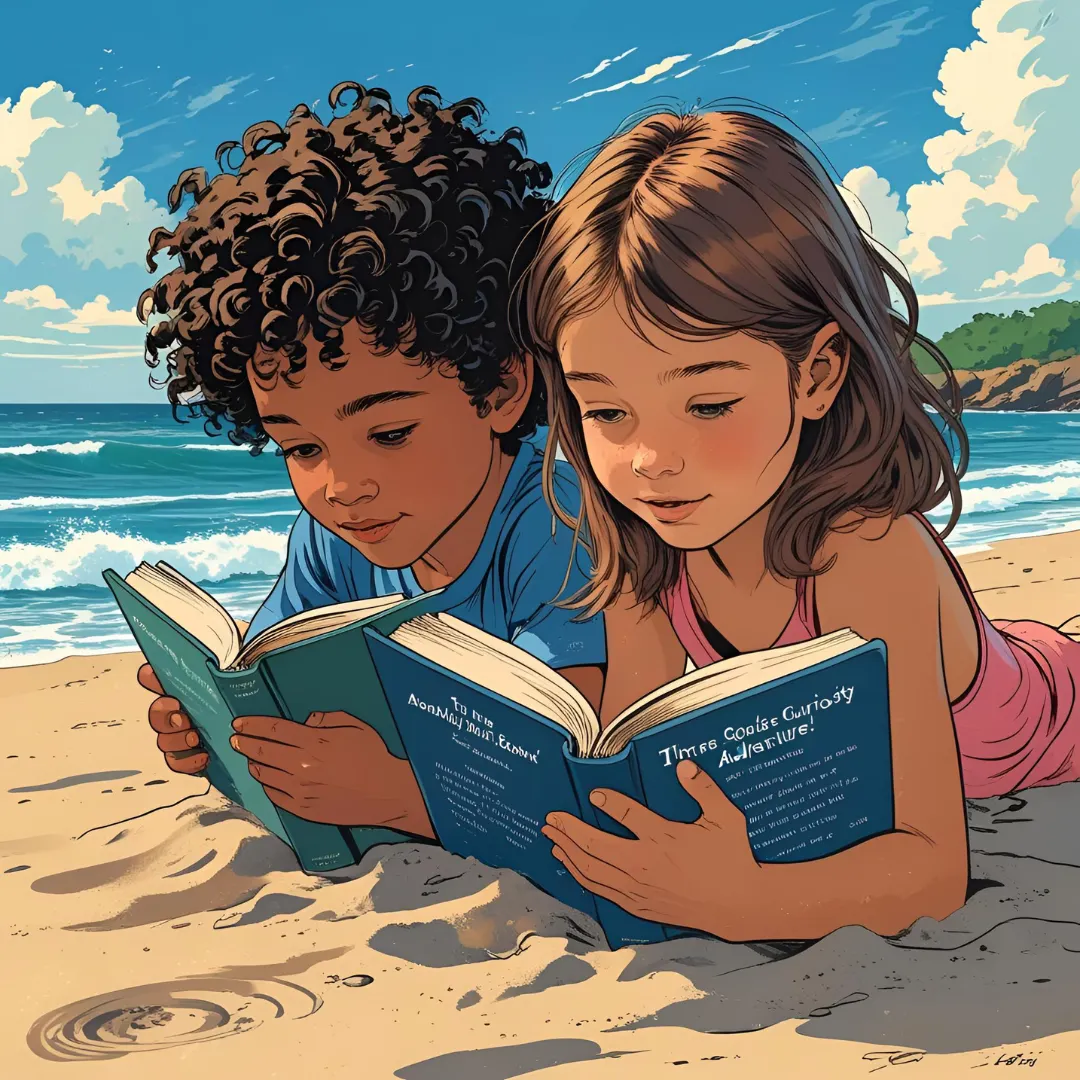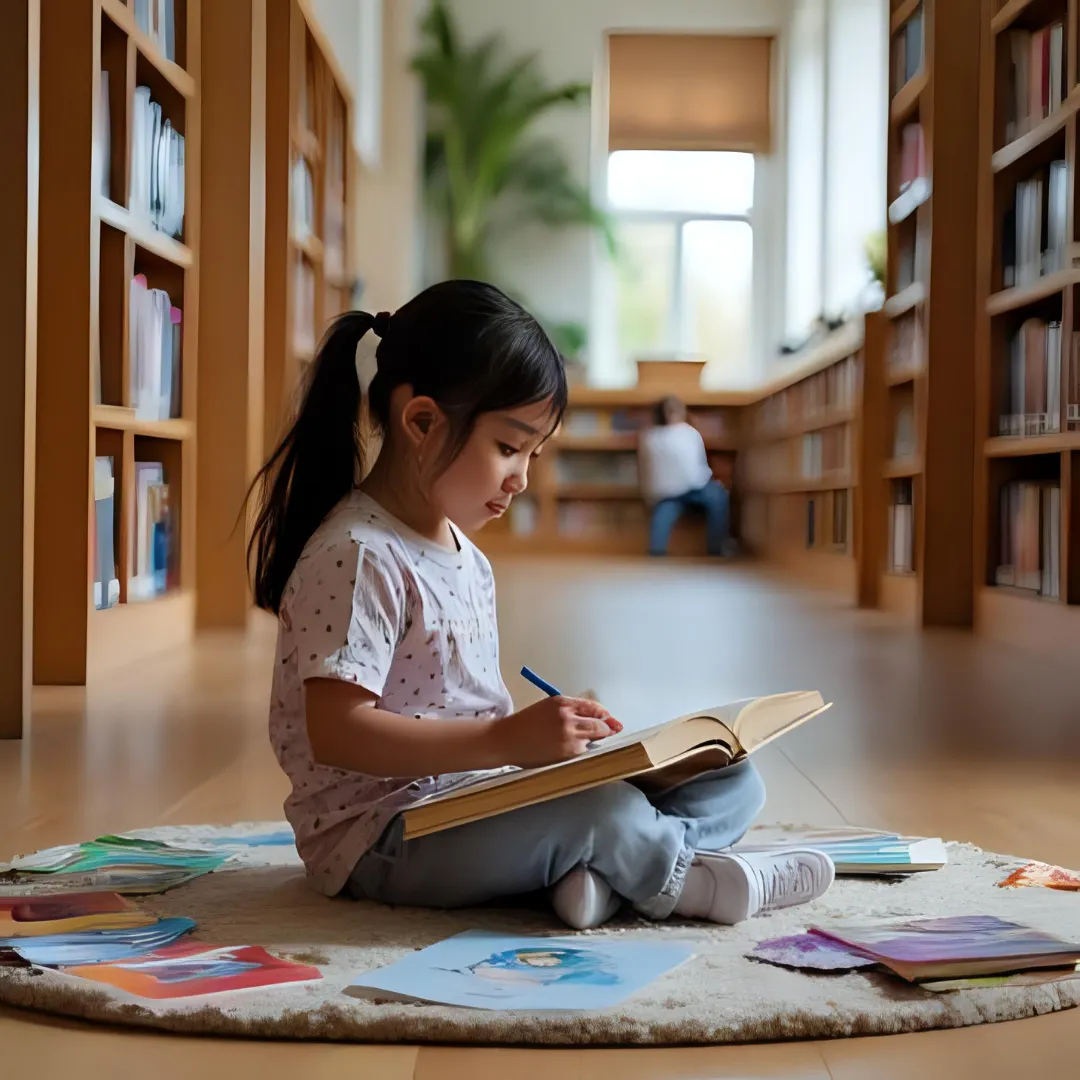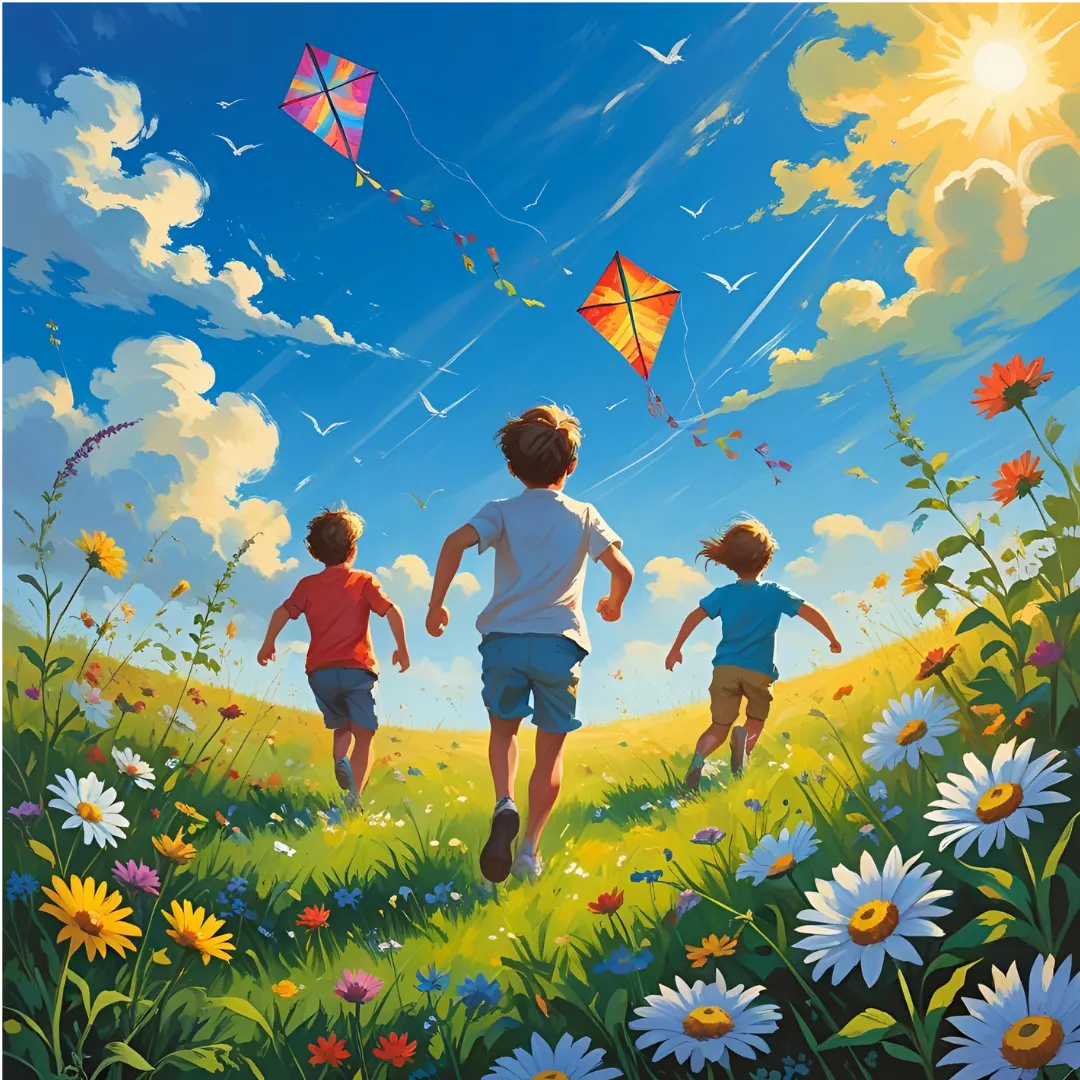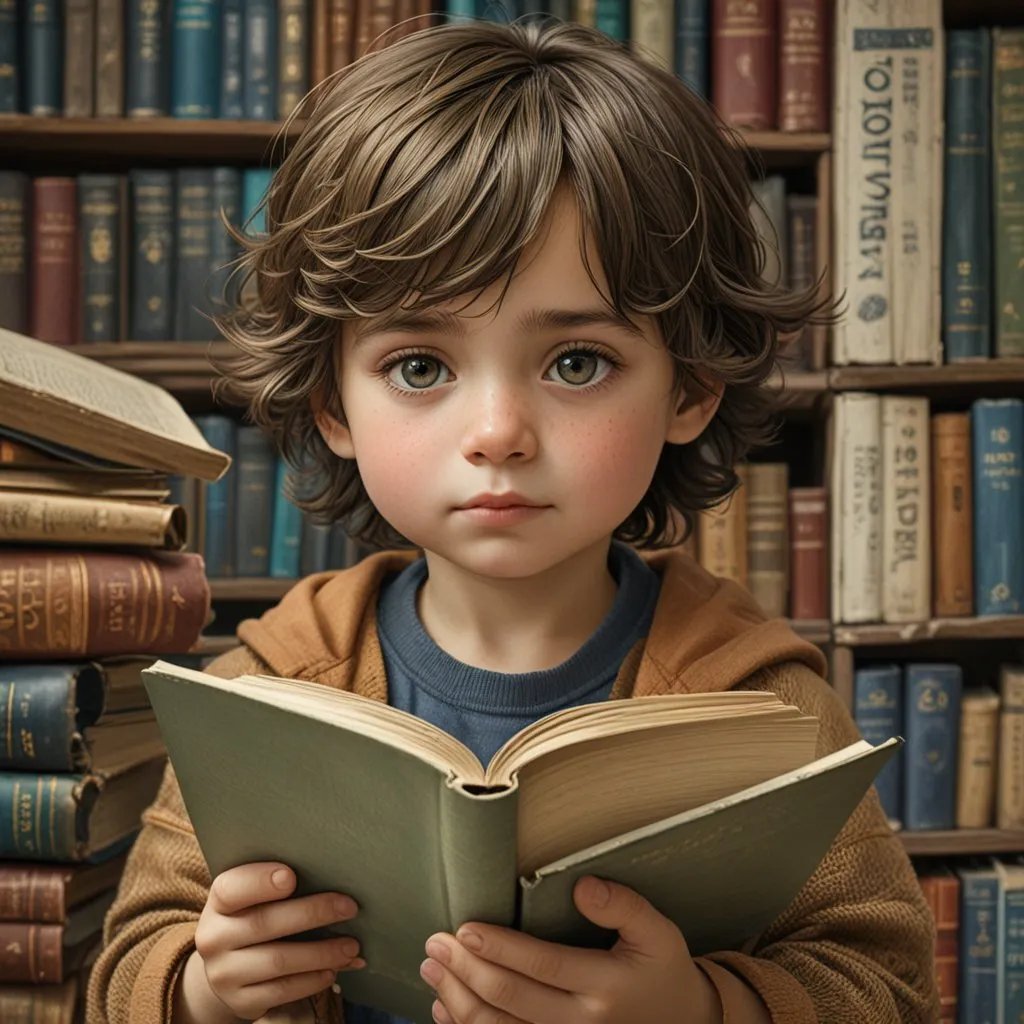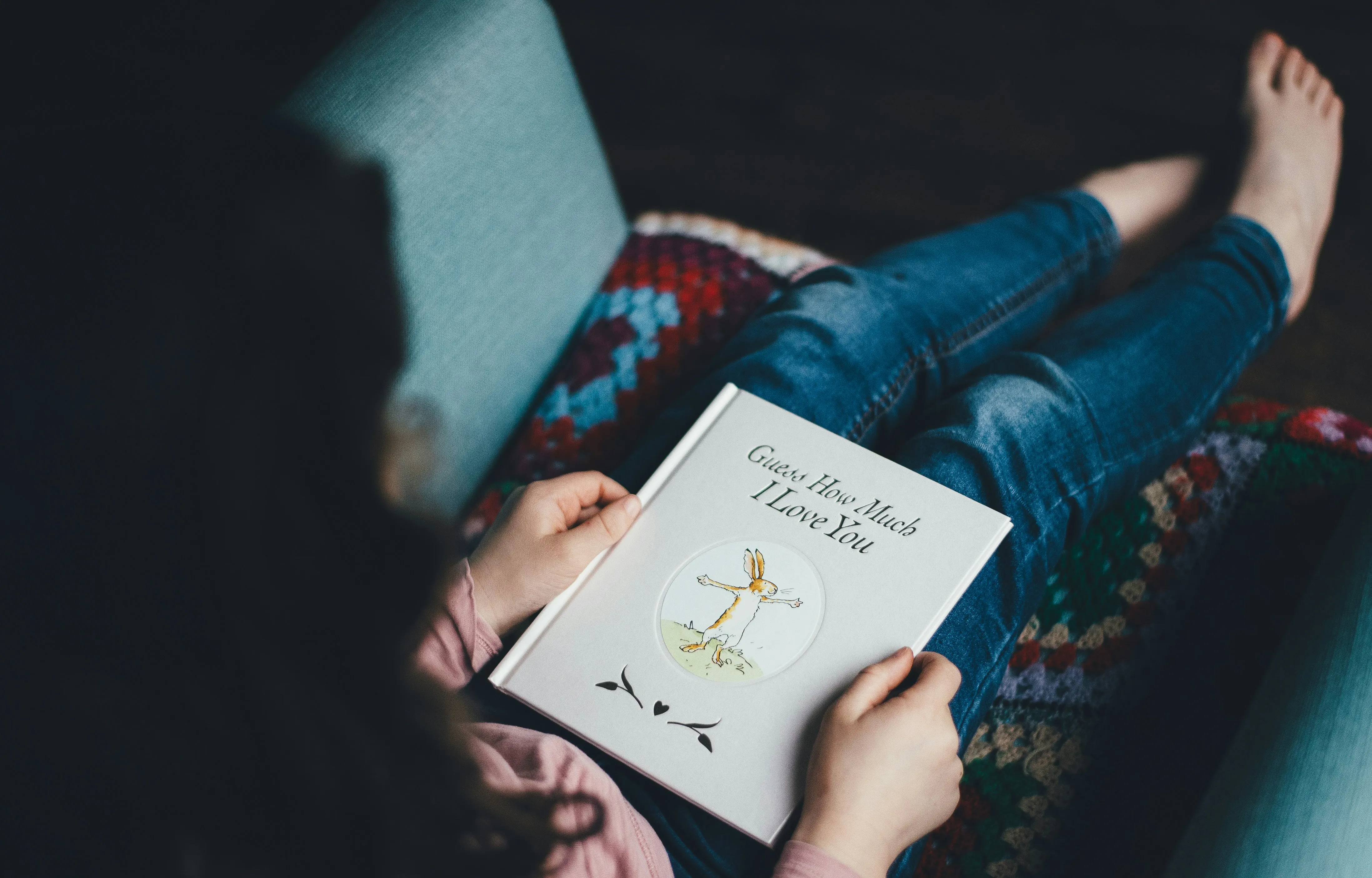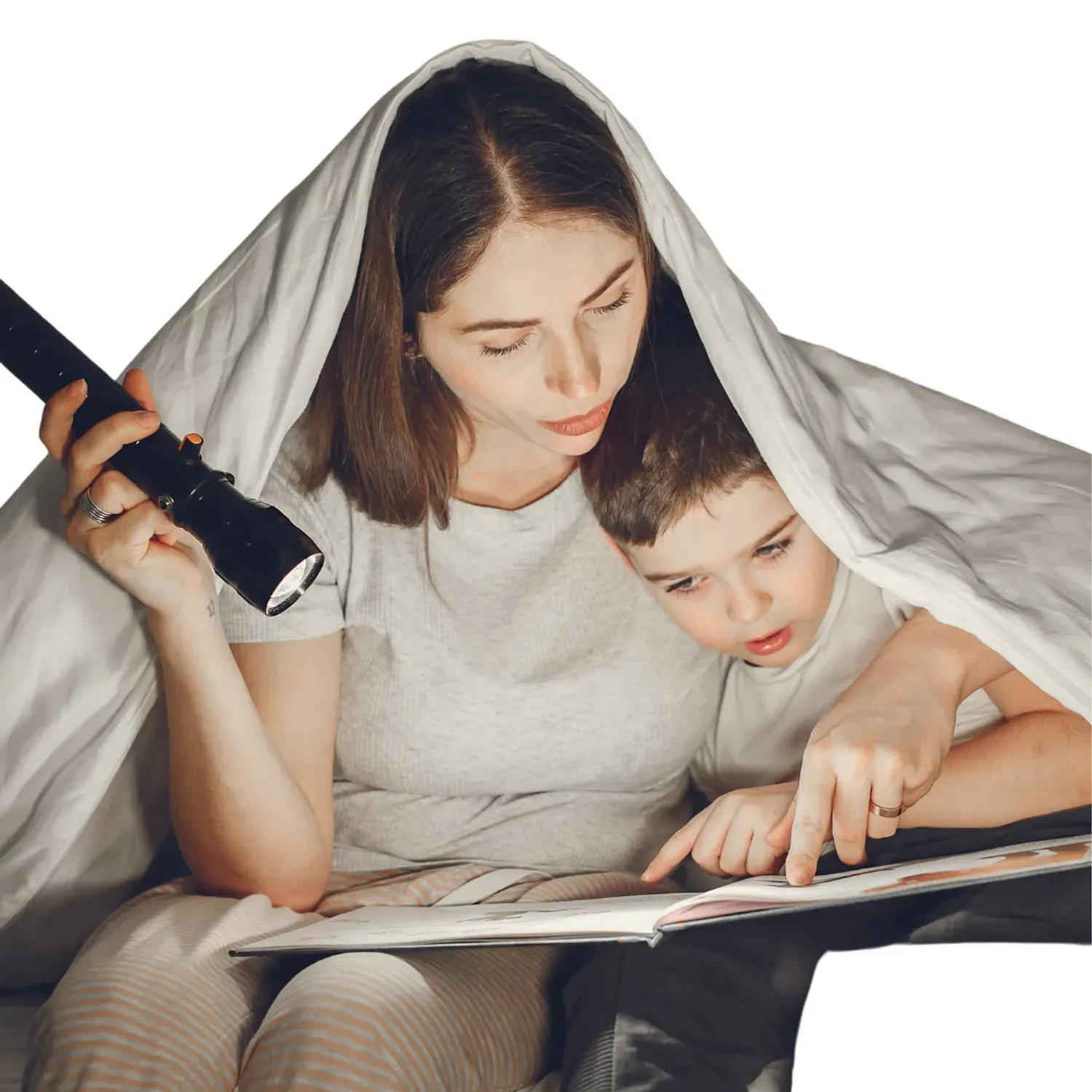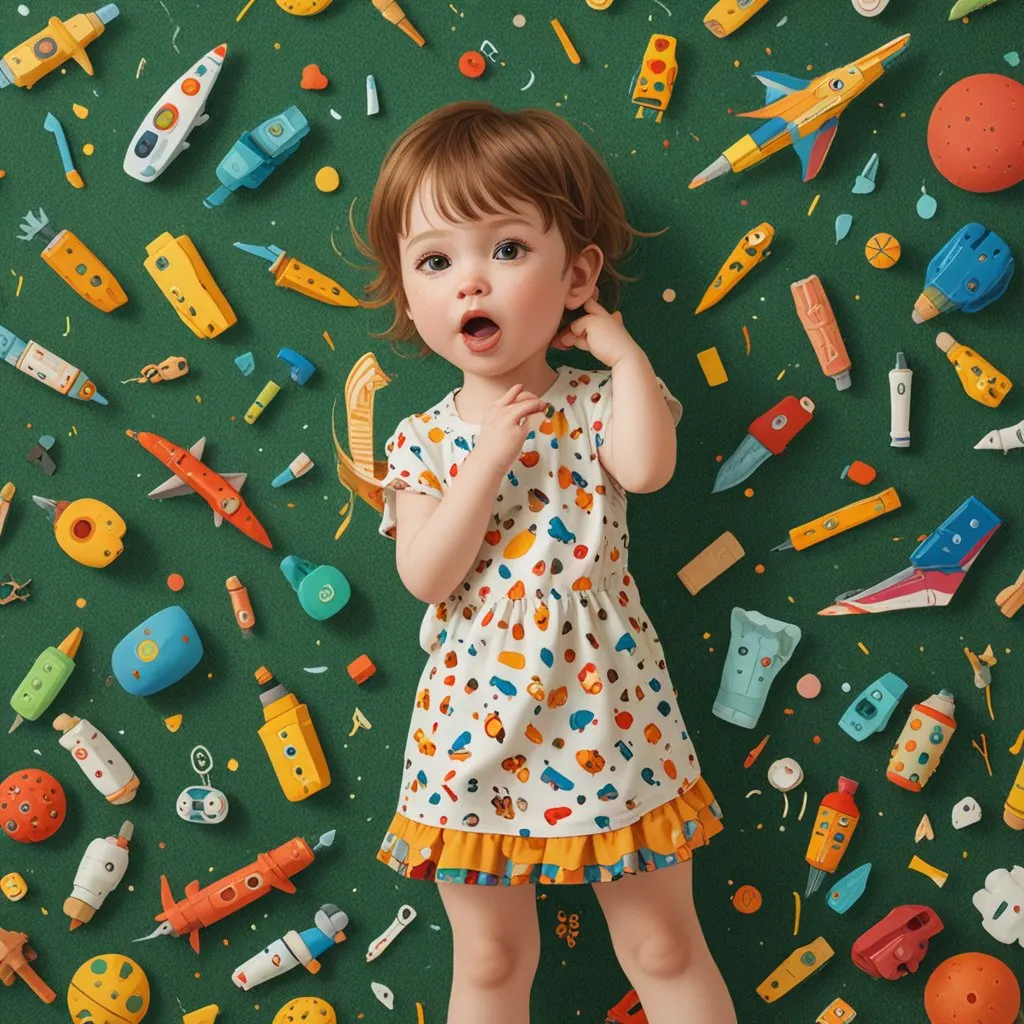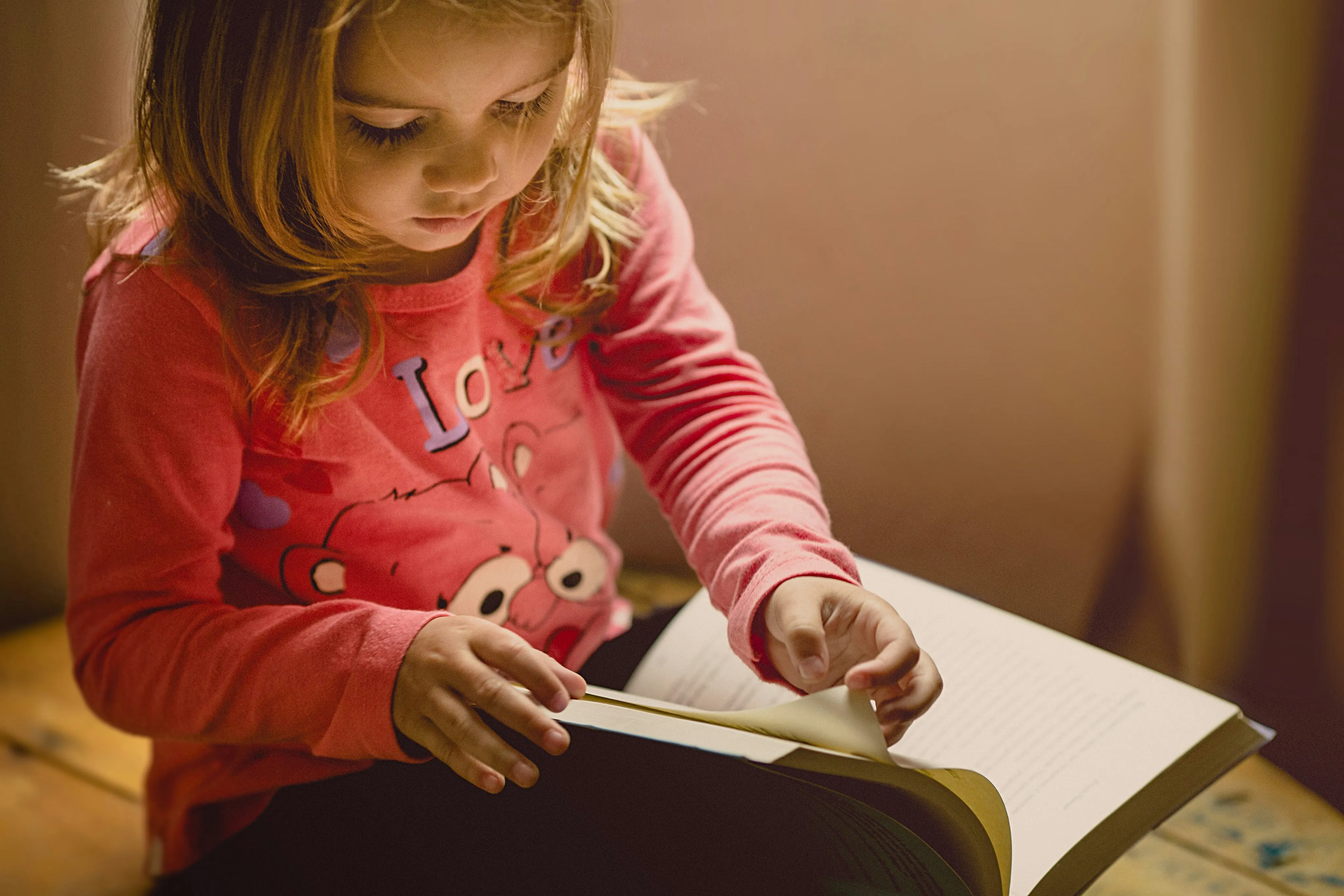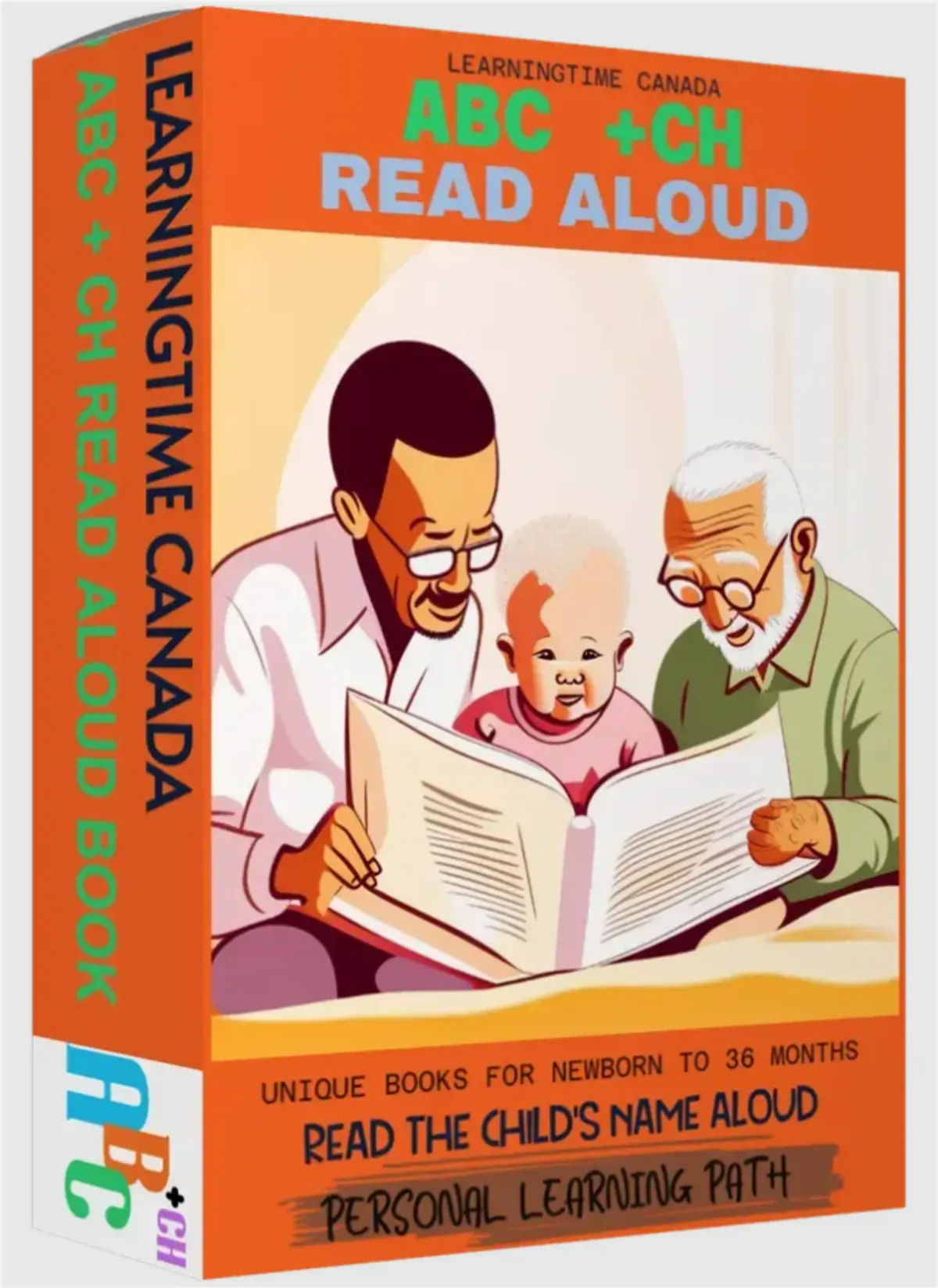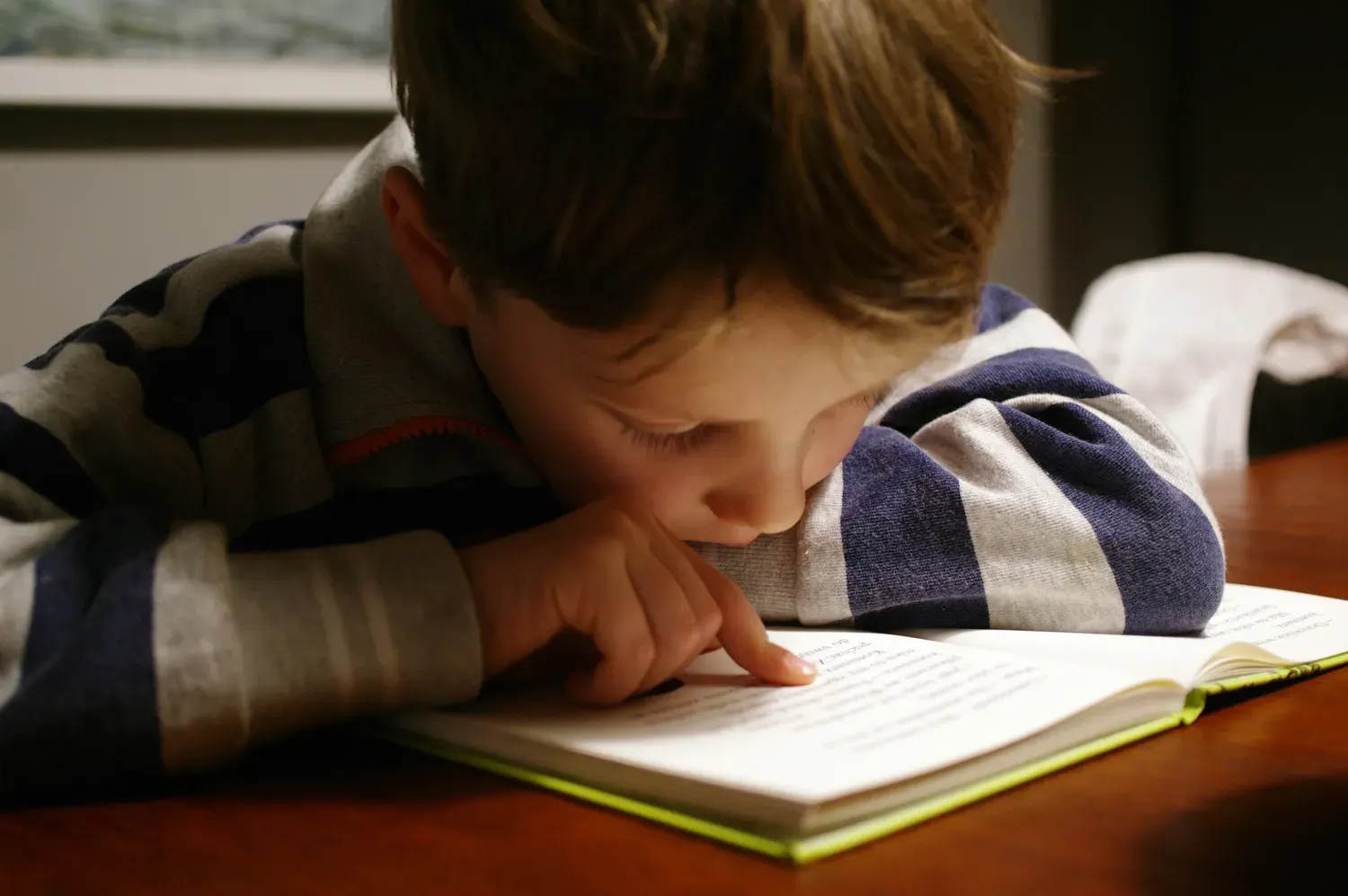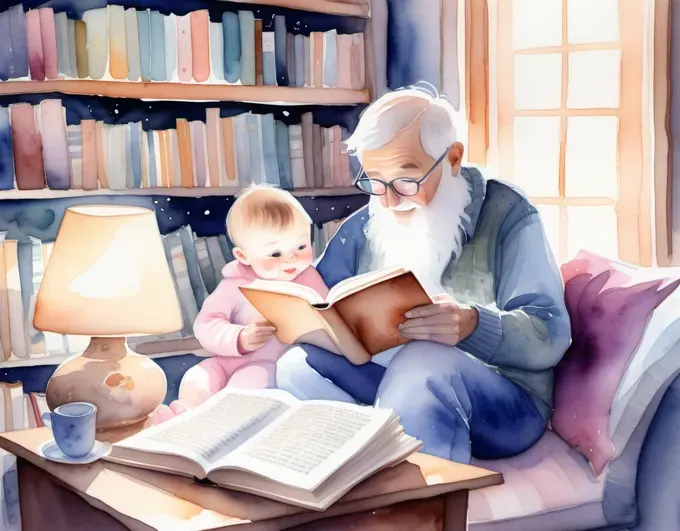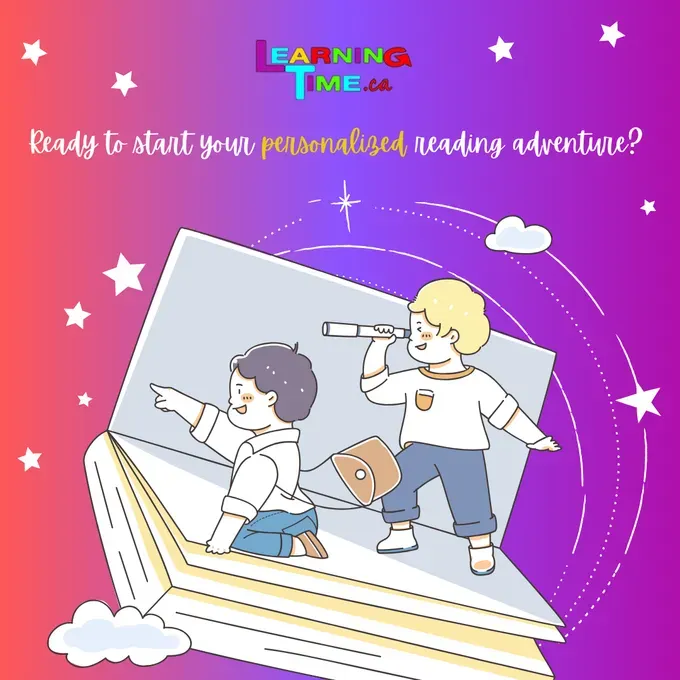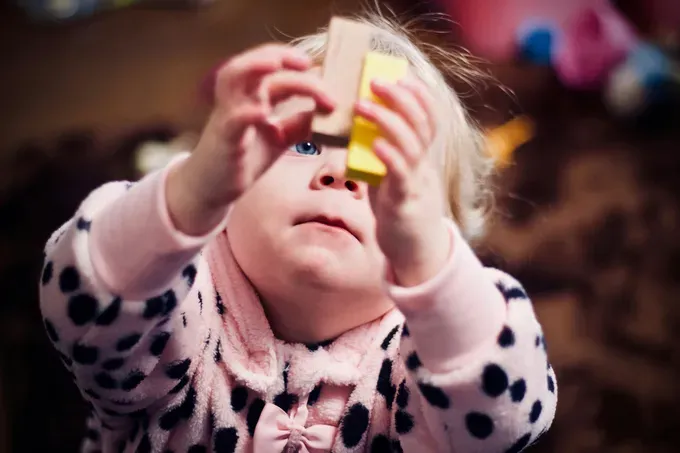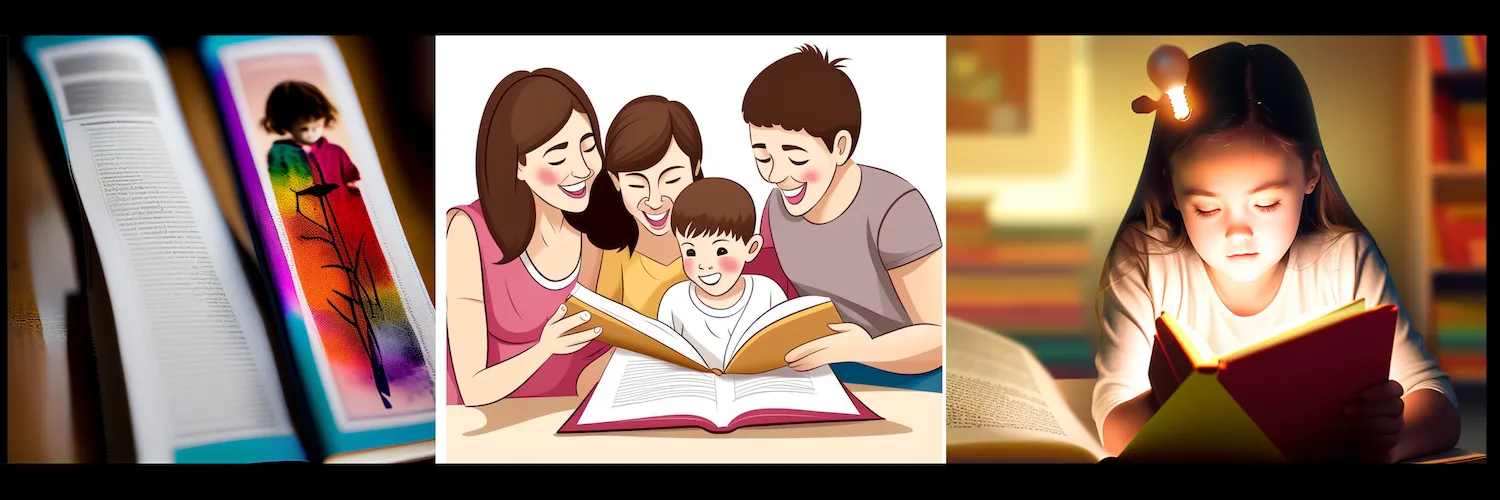Early Childhood Literacy Skills Development Timeline: 0 to 36 Months

A BABY IS BORN
:academia, baby, development, early childhood, growth, journey, literacy, reading, storytelling, vocabulary
Once upon a time, in a world full of wonder and possibilities, a precious baby was born.
From the very beginning, this little one embarked on a remarkable journey of growth and development, especially in the magical realm of reading and literacy.
In the earliest days of life, the baby's ears perked up to the soothing sound of their mother's voice, recognizing it as the sweetest melody in the world. As time passed, the baby's curiosity blossomed, and they started sorting out the speech sounds that make up their native language.
By the tender age of six months, the baby had already become acquainted with the basic sounds of their mother tongue.
During their first few months, the baby's eyes were captivated by bold, black and white illustrations that danced across the pages of books.
The rhythmic lullabies and gentle nursery rhymes brought comfort, reminiscent of the familiar beat of their mother's heart from their time in the womb.
As the baby grew, their tiny hands reached out to touch the pages of books, clumsily attempting to hold them.
Their attention span for reading expanded, allowing them to immerse themselves in the magical worlds within the pages for a few precious minutes. The baby's curiosity was piqued by pictures of other little ones and the captivating expressions on their faces.
With each passing month, the baby's abilities blossomed.

At nine to twelve months, they proudly pointed to major body parts in pictures and delighted in making animal sounds all on their own.
A world of stories unfolded before their eyes as they followed short story lines, even filling in missing words from their favorite books.
Their own unique voice emerged, as they joyfully expressed their thoughts and observations, combining two words to communicate their excitement.
Between the ages of twenty-five and twenty-seven months, the baby's keen eyes became adept at interpreting familiar signs, symbols, and logos.
They skillfully described the events unfolding within the illustrations, demonstrating their growing understanding of storytelling.
Questions about the plot were met with thoughtful answers, as the baby actively engaged in the magical experience of reading together.
By the time they reached twenty-eight to thirty months, the baby's memory became a treasure trove of story sequences.
The joy of familiarity washed over them as they recognized the events in beloved tales, having read them over and over again.
Literary patterns, crafted through repetitive rhymes, words, and phrases, enchanted their developing minds.
As the baby blossomed into a toddler between the ages of thirty-one and thirty-three months, their love for language and storytelling deepened.
Classic books became their trusted companions, guiding them through the enchanting world of literary patterns.

Their imagination took flight, and they reveled in the joy of pretending to read stories to their adored toys and imaginary friends.
With each passing day, the baby-turned-toddler was building a strong foundation of vocabulary, print, and content knowledge.
These early experiences would accompany them as they ventured into the realms of kindergarten, ensuring frequent and meaningful language interactions.
The gift of early childhood literacy would shield them from the challenges of later reading and academic difficulties, paving the way for a bright and promising future.
And so, the story of the baby's remarkable journey in reading and literacy continued, with every page turned and every word embraced. As the world witnessed their growth, they would inspire others with their love for learning, becoming a beacon of knowledge and imagination.
This tale was lovingly written by an AI, capturing the magic of a baby's development in the realm of reading and literacy, where dreams take flight and hearts ignite with the power of words.

Early Childhood Literacy Skills Development Timeline:
Prenatal to 3 months:
- Babies recognize important sounds in their environment, such as the voice of their mother or primary caretaker.
Birth to 3 months:
- Babies may enjoy books with bold, black and white or high-contrast colour illustrations.
- Nursery rhymes may soothe them, as they're used to hearing the rhythmic beat of their mother's heart in the womb.
4-6 months:
- Babies start to touch the book or try to clumsily hold it.
- Attention span for reading may increase to a few minutes at a time.
- They are interested in pictures of other babies and facial expressions.
9-12 months:
- Toddlers can point to major body parts in pictures and make animal sounds on their own.
- They begin to follow short story lines and can fill in the blank if a word is left off a sentence in a familiar book.
- They make their own comments about what they see in books, often combining 2 words.
25-27 months:
- Toddlers start using visual cues to interpret familiar signs, symbols, or logos.
- They can describe what's happening in a book by following the illustrations.
- They demonstrate understanding of a story by answering questions about the plot.
28-30 months:
- Toddlers start to recognize and remember the sequence of events in a story, especially if it's a book they've read over and over again.
31-33 months:
- Toddlers start to pick up on literary patterns, thanks to classic books that use repetitive rhymes, words, and phrases.
34-36 months:
- Toddlers start conducting some reading sessions of their own.
- They pretend to read a book to their toys or imaginary friends.
These early experiences establish a base of vocabulary, print, and content knowledge that children build on when they enter kindergarten.









